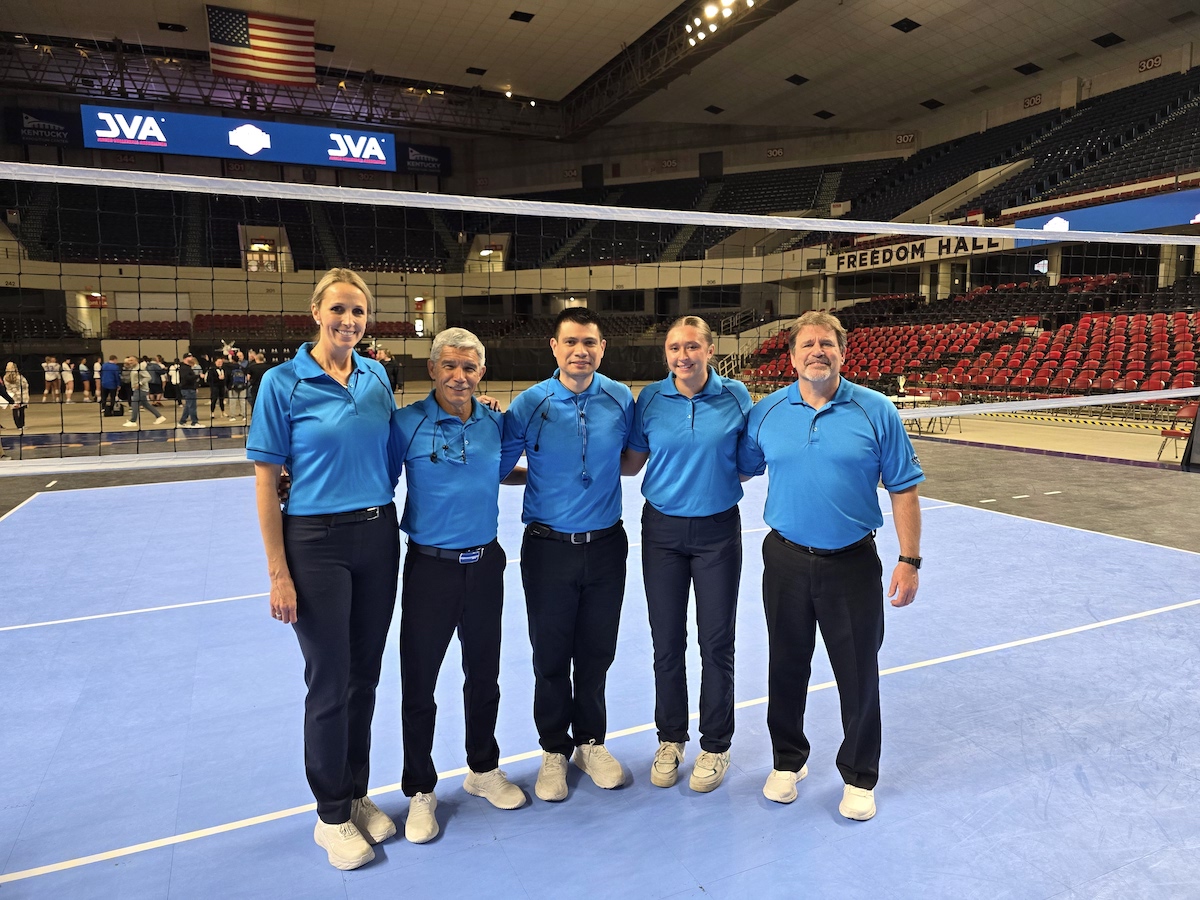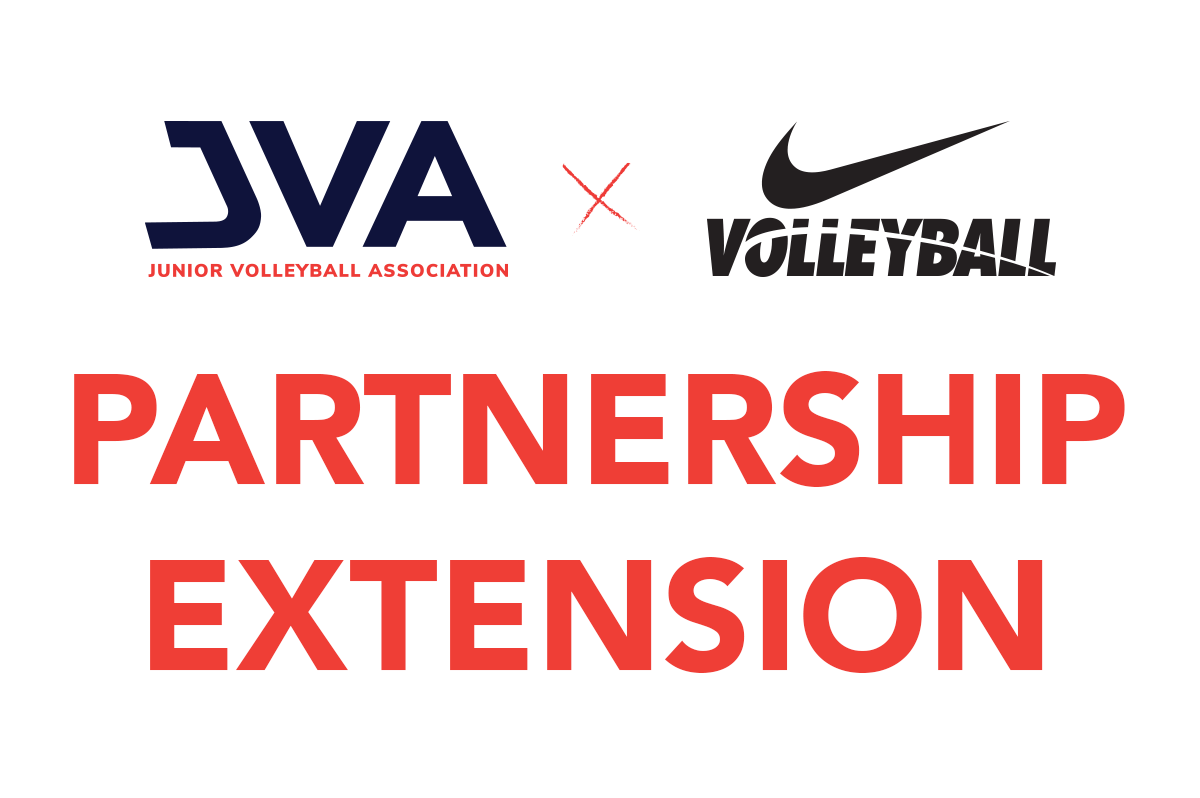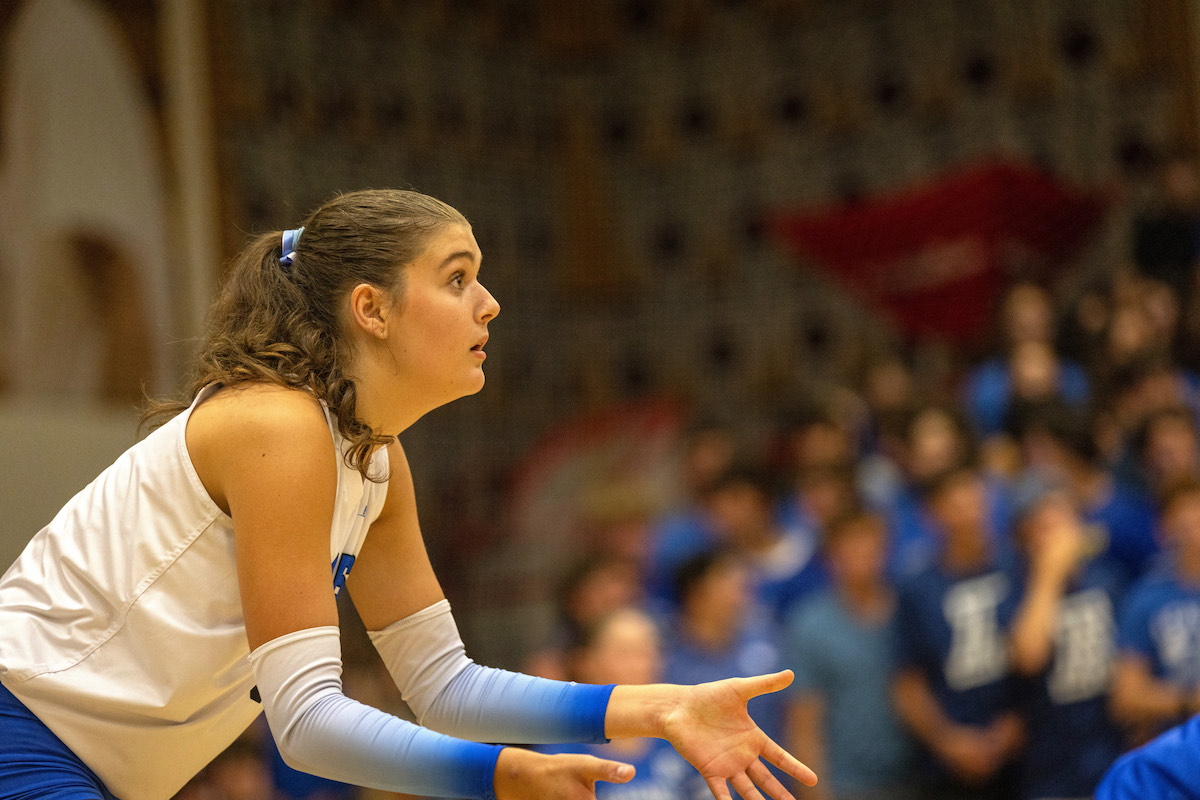A fast-growing beach volleyball tournament format is the “Club vs. Club” or “School vs. School” format, generally referred to as a dual tournament. This is the format that made it practical for the NCAA to adopt beach volleyball.
The idea is simple: each club brings a team of six players, broken up into three doubles teams. Terminologically, you could also say a club brings a squad of pairs (going forward, I’ll use squad and pairs). Just as with any tournament, you’d enter that squad into a pool, where the squad will be matched up against other squads from other clubs. Those matchups between two squads is referred to as a dual.
Each pair is typically identified by their club and number or letter. For example, if my club was named “Lobsterbump”, my three pairs might be “Lobsterbump-1”, “Lobsterbump-2”, and “Lobsterbump-3”.
Here’s where your planning has to get a little interesting. Ideally, you have enough courts to allocate each pool on three courts. So if you have 4 pools, you should have at least 12 courts. If you don’t, it’s not a huge deal. If you had, for example, 9 courts, it’d be no different than trying to run four pools on three courts, for example. But at the end of the day, the number of courts you’re going to want to use is a multiple of 3.
The pool schedule is very similar to a standard pool schedule. For example, the standard 4-team pool in BracketPal is:

Using that schedule above, you would arrange your dual pools like the following.

Notice that the 1 Pairs are always playing against 1 Pairs, 2 Pairs against 2 Pairs and so on.
Each match would be a standard match: best of three sets, first two sets to 21 with the third (if needed) to 15. The winner of the dual would be the club that won the best of three matches.
For example, after the first dual is complete (Club 1 vs Club 3), if the scores were as follows:

With the above results, the records would be as follows:

Once all of pool play is done, you would advance to bracket play. While in a standard tournament, the priority for team placement in pool is decided on match win percentage, in duals, the placement order is decided on dual win percentage.
Each dual in the bracket, again, taking place on three courts, and just as in pool play, the winner of the dual (so the winner of best of 3 matches) would advance up the bracket.
This format is also doable for School vs School, the difference being that typically School vs School consists of five pairs per squad instead of three pairs, but honestly, you can make your squads any size you want, as long as long as the squad has an odd number of pairs. NCAA’s format is squads of five pairs.
The Club vs. Club format not only encourages a sense of team and club loyalty, it also offers matched competition and more match play experience at the junior level.
View more beach volleyball education.
About the Author
Jesse is a beach volleyball player from Milwaukee, Wisconsin. He is the creator of BracketPal, formerly a web-based system for tournament and league management.












